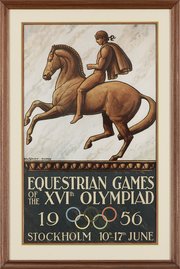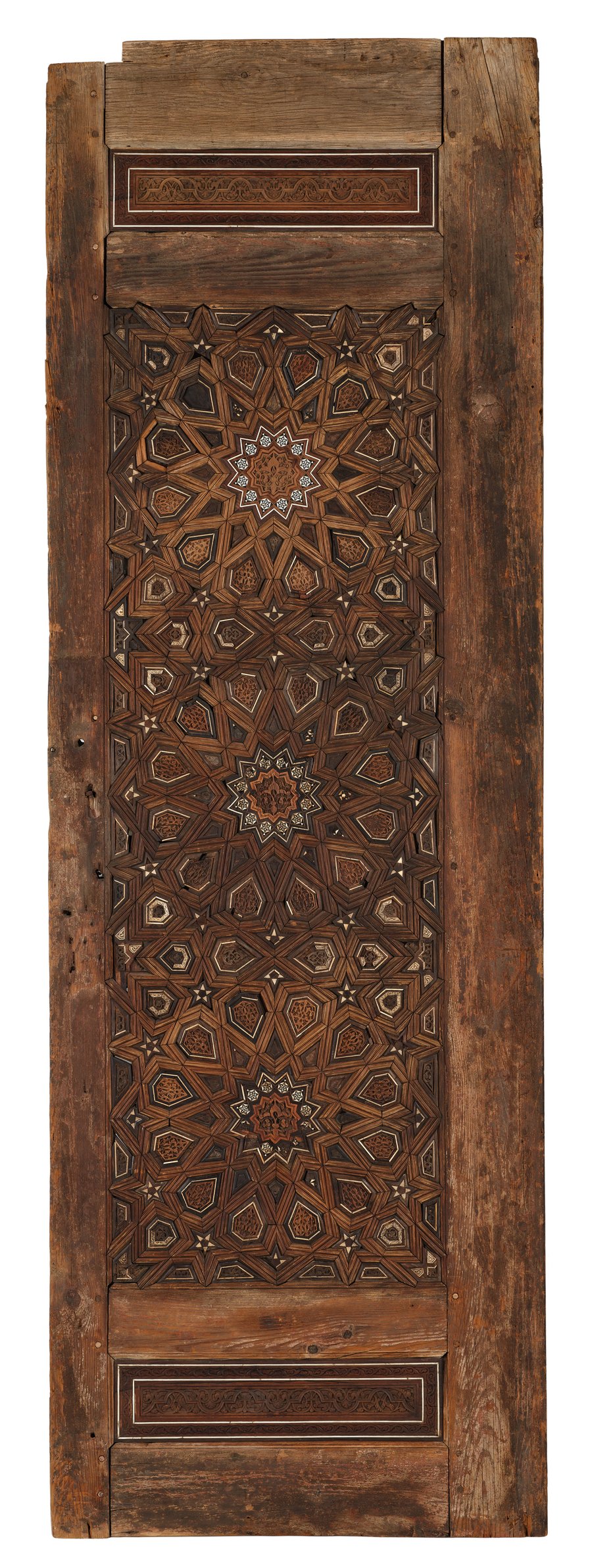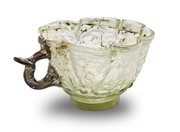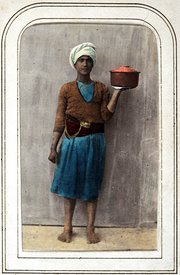
Mamluk Carved and Inlaid Wooden Door
Museum of Islamic Art
- Title:
- Mamluk Carved and Inlaid Wooden Door
- Production place:
- Cairo
- Date:
- 1340
- Period:
- Mamluk
- Title:
- Mamluk Carved and Inlaid Wooden Door
- Production place:
- Cairo
- Date:
- 1340
- Period:
- Mamluk
- Material:
- Wood, Pine, Ebony, Cedar, Walnut, Ivory, Bone
- Technique:
- Carving, Inlaying, Assembling
- Dimensions:
- 217.7 × 72 × 5.2 cm
These doors are composed of wooden panels, each carved with a foliated scrollwork motif, set within a thin band of ivory or bone inlay. Carved of hexagonal, trapezoid and rhomboid form, the panels are arranged into three vertically stacked, symmetrical medallions. The fine wood carving of these panels reflects the high technical skill of Mamluk craftsmanship, which no doubt came with the royal patronage of the building’s architectural and structural furnishings. These wooden doors are believed to have once decorated one of the three main entrances of the Mosque of Amir al Maridani. Situated just outside of the Bab Zuweila, on the outskirts of medieval Mamluk Cairo, this mosque was completed by Amir Altingugha al-Maridani in 740 AH/1340 CE. Originally the cupbearer of the great Mamluk sultan al-Nasir Muhammed (683-714 AH/1285-1314 CE), al-Maridani rose to prominence to become the chief of Cairo’s police (known as the ‘amir of a thousand’). His fortune was then sealed when he married al-Nasir’s daughter, whose patronage helped fund the building of this mosque and its elaborate decorations.



